How To Get Rid of Back Acne For Good, According to an Expert
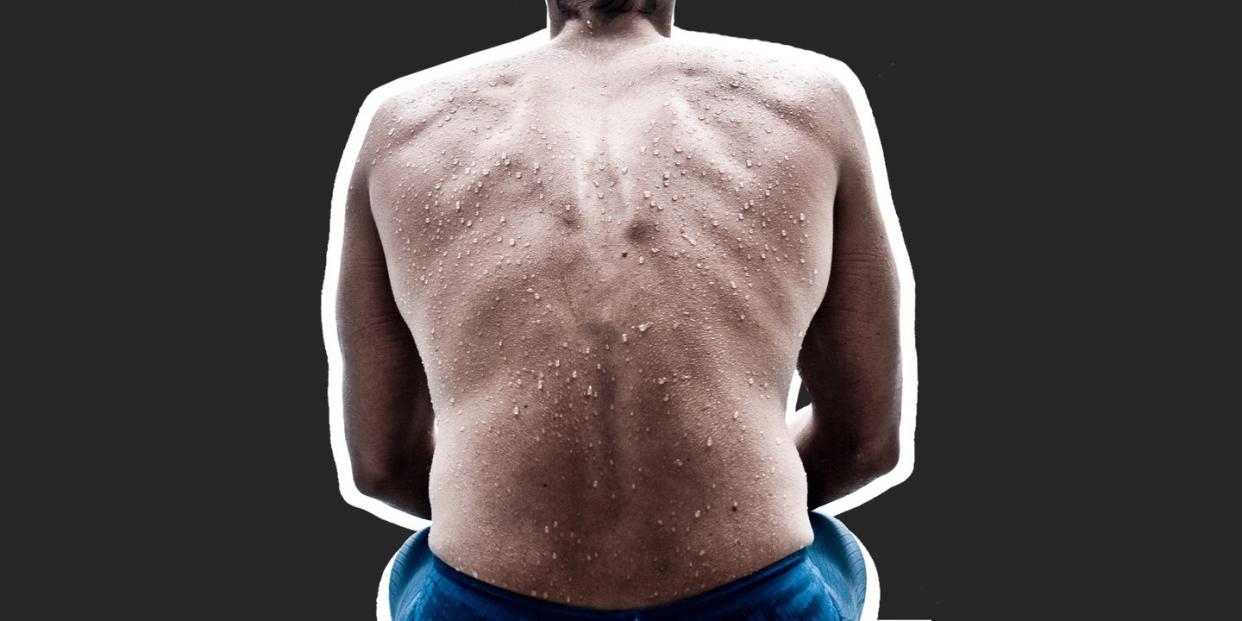
I'm going to come out and say it: I have back acne. I started to notice it about a year ago, when my quarantine workouts got more intense. This isn’t a humble brag or anything, but working out as much as I have been lately has had a direct relationship to the spray of pimples I see across my shoulders and back when I look in the mirror. It seems like the harder I work in the gym (or, sometimes, my living room), the quicker those little suckers multiply.
That relationship isn’t just in my head, says New York-based dermatologist Dhaval Bhanusali, M.D. He sees a lot of back acne in his practice, particularly among active people, and is gearing up for even more. “People have been cooped up for a year; now the sun is out and people are more active,” he says. Sun’s out, guns out, indeed. Even if you’re not particularly active, you may notice bacne at this time of year simply because it’s about to get pretty damn hot. Sweat, he says, is exactly what bacne needs to thrive.
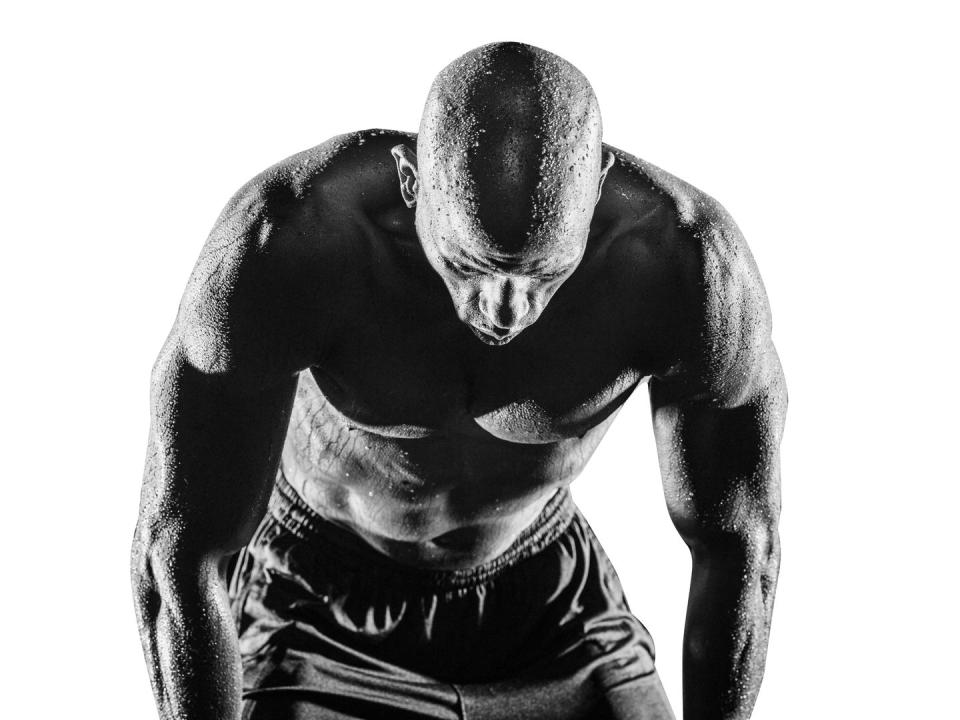
Knowing that back acne is common doesn’t make it any less annoying. I’m not the sort of guy who takes his shirt off in public very much (or, let’s get real, in private either), but I’m already stressed about the coming months. I don’t want to be on the beach worried the whole time that people are staring at my back pimples, you know what I mean? Even if no one else can see my bacne on a daily basis, I can—every time I look in the mirror. And I want it gone, if for no reason other than my own peace of mind. So, I asked Dr. Bhanusali how to squelch those zits for good.
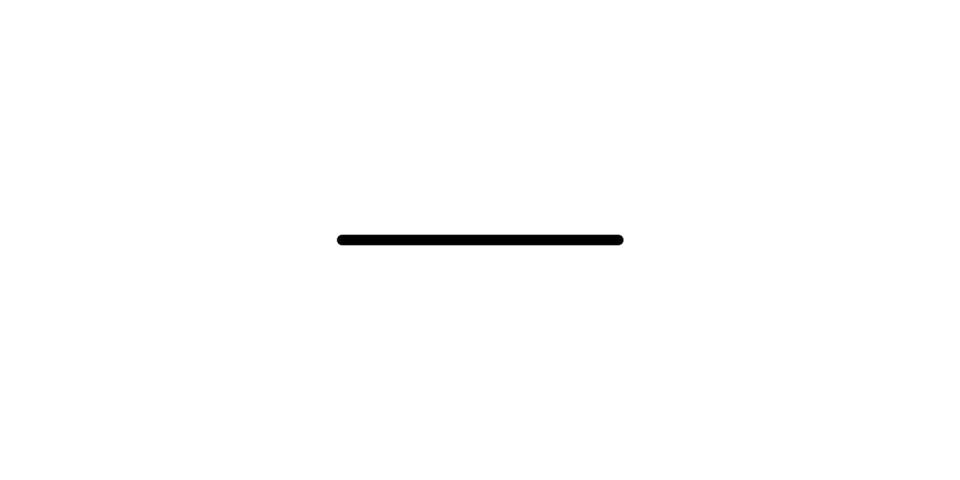

Before knowing how to treat back acne (or any kind of body acne, for the record), you have to understand what’s causing it. Just like the pimples on your face, back acne can be caused by “bacteria, sweat, oil, and clogged pores,” says Dr. Bhanusali. Some people just have oil-prone skin all over their bodies and other factors like hormones can play a part (testosterone particularly can increase oil production). But in most cases, sweat is a major factor; that’s why back acne is so common in people who work out frequently. “Sweat can cause blockage of the pores which can lead to bacterial overgrowth [that ultimately leads to pimples],” he says. The longer sweat sticks around on your skin, the more time the bacteria has to thrive.
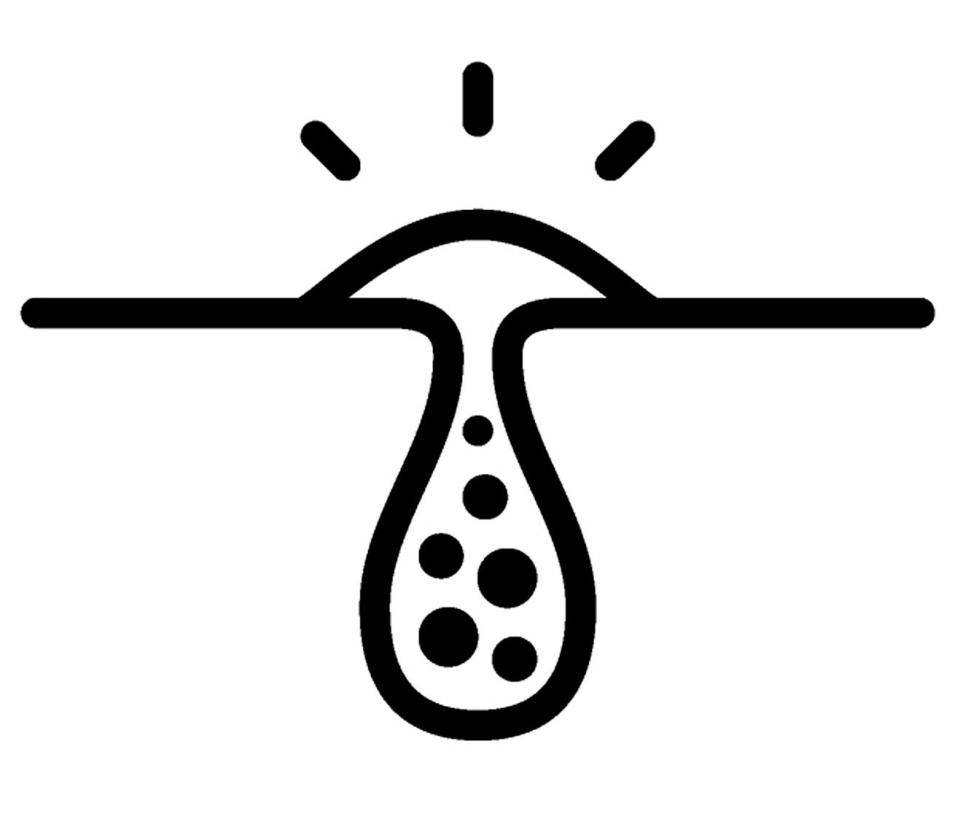
To make matters a bit more complicated, the pimples you see on your back may not be actual acne. They could be folliculitis, which is inflammation of the hair follicles. Think about it: men have hair everywhere, which means we have hair follicles everywhere. Similar to a clogged pore, these follicles can also get clogged with things like sweat and oil, which invite bacteria to infect the follicles. There’s also something called yeast folliculitis, says Dr. Bhanusali, which is when yeast gets down in there instead of bacteria. “Sweat creates an environment that’s ideal for yeast growth,” he says and can happen anywhere sweat sticks around (in another area of the body it has a different name: jock itch).
There’s also acne mechanica, a type of acne caused from something rubbing against your body for long periods of time. It’s usually seen in athletes who wear pads and helmets and “do the same thing over and over causing repeated trauma and friction to the area,” says Dr. Bhanusali. In non-athletic life, it could come from a backpack or sitting in a chair for a long time while you’re sweaty.
If all of this sounds complicated to you, don’t worry. You don’t need a medical degree to treat back acne. While the pimples on your back might be caused by a variety of things, the treatment itself is pretty much the same. Follow these steps to clear up bacne for good and prevent it down the road.
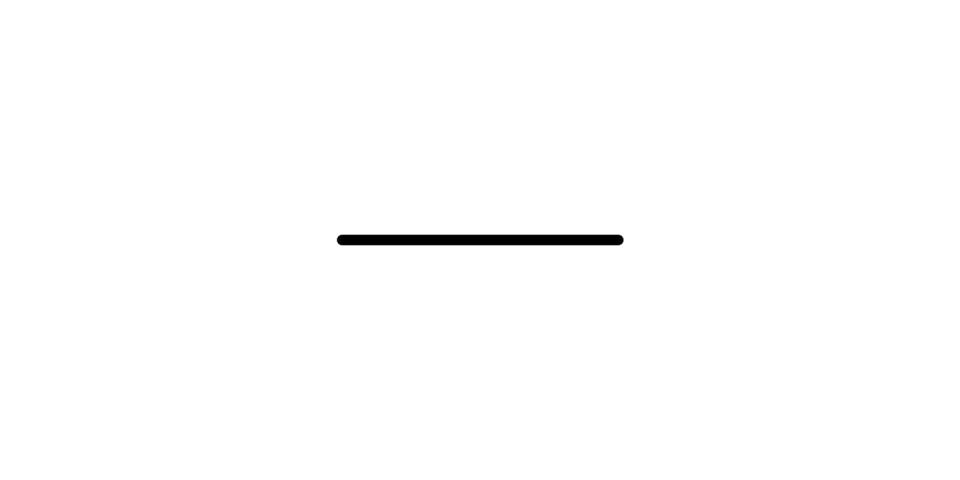

In most cases of back acne, tried and true acne-fighting ingredients will get the job done.
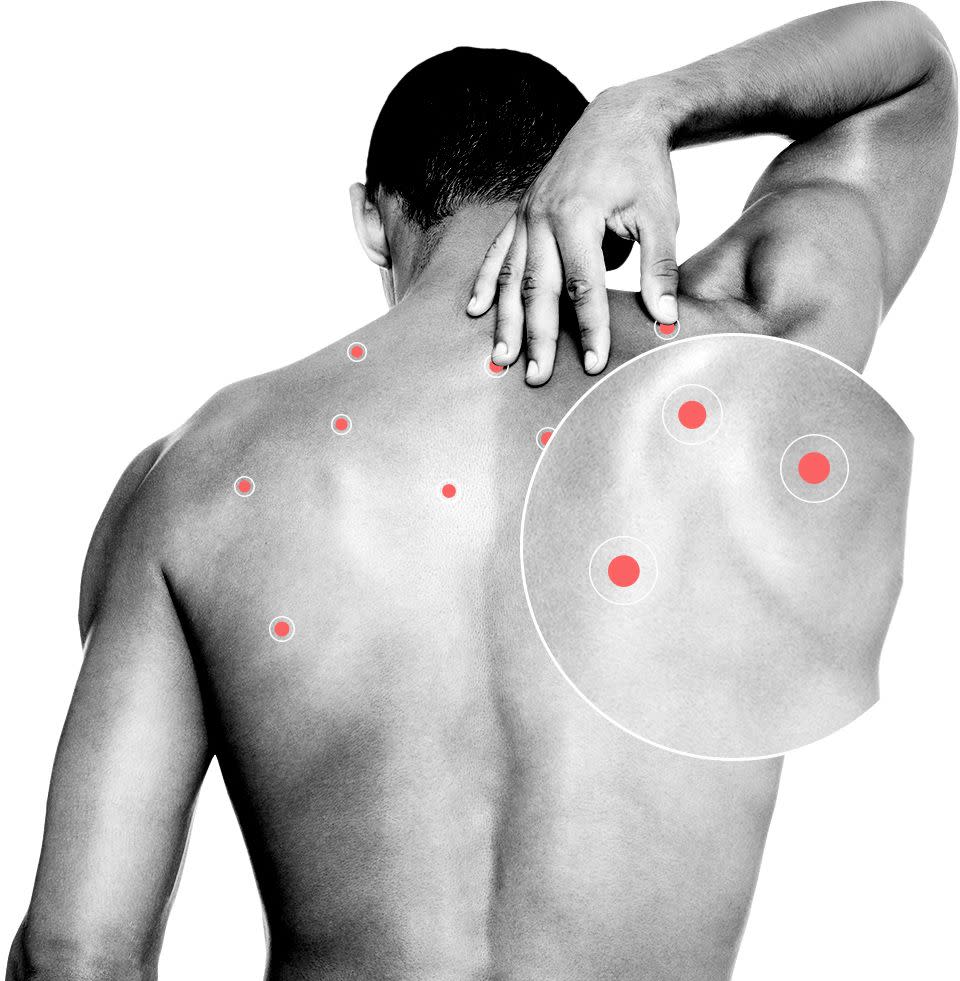
Benzoyl Peroxide Is Your Friend
Like many acne-fighting ingredients, benzoyl peroxide helps to clear away oil and dead skin cells that are caught inside your pores, but it’s also antibacterial, so it helps kill the bacteria that’s caught in there too. Using a body wash or soap that contains benzoyl peroxide is a “tried and true” solution, says Dr. Bhanusali, but warns to be careful with your towels. It’s been known to sometimes have a bleaching effect.
Power Up With Retinoids
Retinoids help to stimulate cell turnover and remove dead cell buildup from your skin (which, when left there, can cause blockages in your pores). It’s commonly used on the face, but Dr. Bhanusali says it can work just as well on your body. “Apply it generally in the areas where you have acne,” he advises, not as a spot treatment. “You might get a pimple in one place today and another place tomorrow,” so by using it over the whole area, “the goal is to prevent that.”
Spot Treat Like On Your Face
Generally, you want to use products that can easily cover a large area like your back, but if you have just a few pimples here and there—or a few especially large ones—you can use the same spot treatments that you use on your face. Pimple patches can be especially good, since you don’t have to worry about gels or creams rubbing off on your clothes. Some even come in large sizes perfect for areas like your back.
Turn to Salicylic Acid
Most acne products you see out there contain salicylic acid, a beta hydroxyacid that actually gets down into pores to remove built-up grime. It’s ideal for both clearing pimples and controlling oil so new ones pop up less frequently. Dr. Bhanusali recommends using a body wash that contains salicylic acid for both treatment and prevention of body acne. Just don’t use it the same day as a benzoyl peroxide wash and once your back zits clear up, use it once a week or so as a preventative measure.
Bleach: Not As Scary As It Sounds
Dermatologists often recommend bleach baths for certain skin conditions like eczema since it helps to kill bacteria living on the skin. A body wash containing sodium hypochlorite (the active ingredient in bleach) can give you the same effect and help control body acne-causing bacteria.
Bust Open The Dandruff Shampoo
If traditional acne-fighting ingredients like benzoyl peroxide and salicylic acid don’t seem to be making a dent in your bacne, that could be an indication it’s yeast folliculitis, says Dr. Bhanusali. In that case, he recommends using a dandruff shampoo like Head & Shoulders as a body wash. The zinc pyrithione in the formula, which attacks dandruff-causing yeast, can also control yeast that could be leading to pimples.
See A Dermatologist
If you’ve been trying everything, including acne body washes and dandruff shampoo, and aren’t seeing a difference in your bacne, make an appointment with a board-certified dermatologist. You may not necessarily need to know what’s behind your bacne, but they’ll be able to figure it out and give you a prescription medication or suggest other options. Also, says Dr. Bhanusali, if your zits have cleared up but left scars behind, make an appointment. “Acne scars are some of the hardest to treat,” he says. “Don’t wait; unfortunately the acne might go away but scars stay forever unless they’re treated.”


Once your bacne is cleared up, keep it from coming back with a few simple changes.
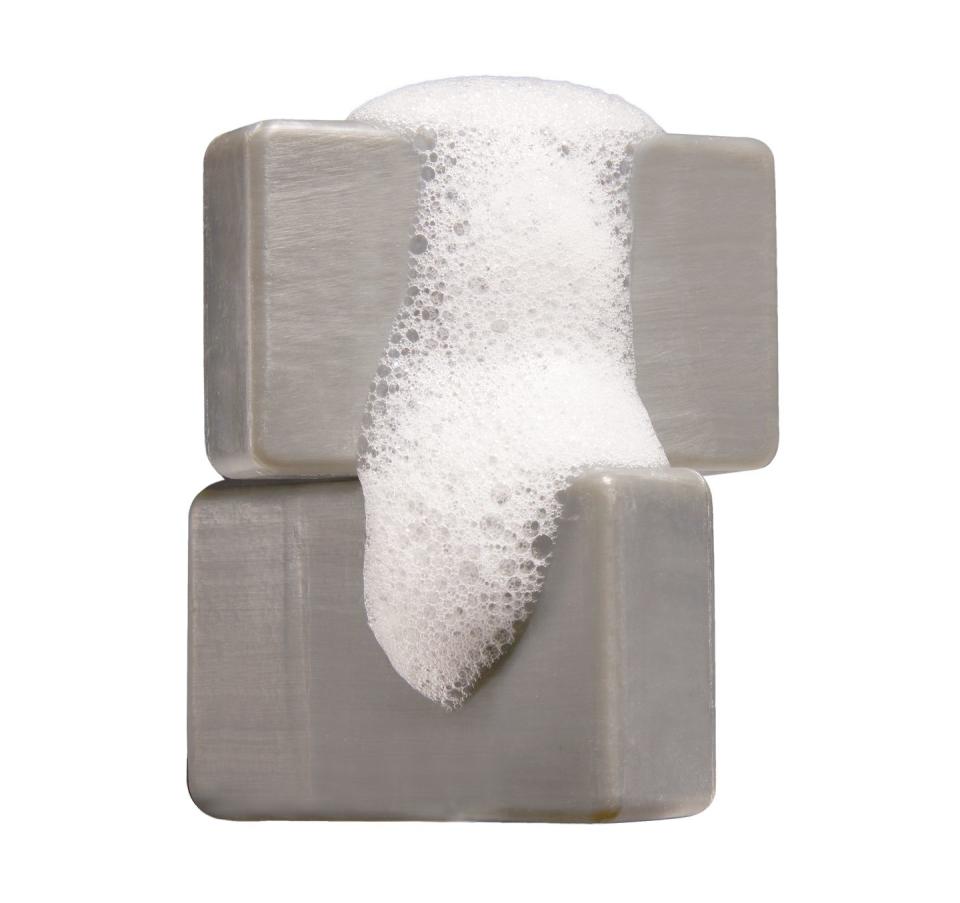
Shower Immediately After Exercise
“Like, right away,” says Dr. Bhanusali. The longer sweat sticks around on your body, the more chance it has to get down into your pores and the more likely it is that bacteria will grow. Even if you’re pressed for time after a workout, do a quick rinse with soap or acne-fighting body wash to get it off your skin as soon as possible.
Wear Moisture-Wicking Workout Clothes
Wearing fabrics that wick moisture away from your skin can help keep sweat away from your pores even before you step into the shower. And make sure they’re always clean. Who among us hasn’t sniffed a T-shirt and decided it’s okay to wear, but in this case, old sweat and dirt can transfer back onto your skin and stick around.
Change Into Clean Clothes After You Work Out
If you’re going to shower, it goes without saying that you should change into clean clothes. But even if you go against our advice and skip the rinse, change into a new fit anyway. Keeping sweaty clothes next to your skin means that the sweat has nowhere to go but back into your pores.
Use Your Special Body Wash Regularly
Once your bacne clears up, keep your benzoyl peroxide or salicylic acid body wash around. Use it regularly—once a week or even once a month—to add an “antibacterial mix” into your routine which can help keep pimples away, says Dr. Bhanusali.
Take A Look At Your Lotion
If you’re a lotion user or you use other body products besides just soap or body wash, take a look at the ingredients. Some oils, like coconut oil, can clog pores easily and make acne more likely, says Dr. Bhanusali. Instead, use lotions that say “non-comedogenic” on the label—it means they won’t gunk up your pores.
Exfoliate Regularly
Use a body exfoliator regularly to help keep dead skin cells off your skin. When they stick around, they can get stuck inside your pores and help along zits. Choose either a scrub or chemical exfoliant (which tend to be more gentle) to help slough them away. But be careful to not overdo it. “Over-exfoliating can also cause acne,” says Dr. Bhanusali. Once a week should be fine.
Think Big Picture
If you’re using the right products and taking the right steps, but your bacne sticks around, think about other aspects of your life that could be contributing to it. Hormone fluctuations and diet can play a role in chronic acne. “High-glycemic-index diets tend to cause acne and are pro-inflammatory,” says Dr. Bhanusali, who also points out that the studies focus on facial acne, but there is likely some impact on body acne as well. Consult your dermatologist if your acne persists to see what changes they would suggest.
You Might Also Like

